Imagine sailing over an oxer from a perfect takeoff spot, your horse’s knees tucked beautifully under his chin. Or turning and burning through a rollback to shave seconds off your line and nail the jump-off in the fastest time. Heels down, quiet aids and perfect control of your horse around a course. Which of these sounds most appealing to you?
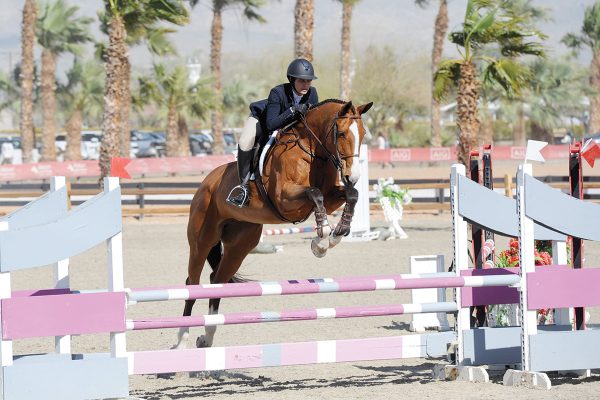
If you’re not sure, read on to learn more about the difference between the disciplines of hunters, jumpers and equitation. Trainer Nick Karazissis has coached top professionals, but he believes teaching young riders about the three disciplines are essential early in their careers. He teaches students to use all seat positions when jumping to help young riders balance their horses on the flat and over fences properly.
Hunters
The hunter show discipline we know today originated from foxhunting. Field hunters gallop in the open with a pack of hounds and confidently jump over solid fences, while show hunter classes are considered the “beauty” discipline. The show hunter must be attractive, have a big stride, move smoothly, and jump in great form.
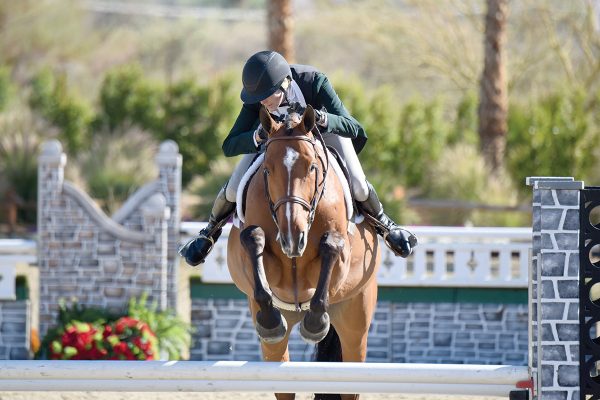
The hunter division is unique because the horse is judged and not the rider. The primary goal of the hunter rider is to show off their horse’s most brilliant qualities and make him look like a superstar. Riders softly adjusting their position to their horse’s balance over fences allows and encourages the horse to show his happiest expression while demonstrating his best natural abilities and skills.
“The position hunter riders display combines the half-seat and the light seat,” says Nick. “It is used in the hunter show rings today and allows the horse to go forward softly.”
Jumpers
The jumper discipline has a different goal. It is scored objectively based on course time, with penalties for rails knocked down. A good jumper is fast and careful with an excellent bascule—the natural round arc of the horse’s body that allows him to clear tall and wide fences.
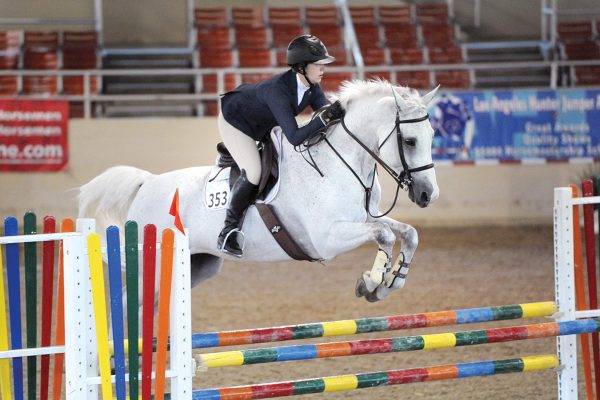
The top show jumpers are the horses that compete in the Olympics. They are the highest level of jumper performance horses, clearing fences 5 feet and higher and judged according to International Equestrian Federation (FEI) rules.
A jumper rider’s objective is to clear the fences under the allotted timeframe without knocking down any poles (or the fewest number of poles). Most classes then send all “tied” riders to a jump-off, where the overall fastest time for a clear round wins. This is where you will see some really daring lines being ridden and high-speed galloping as the crowd holds their breath, waiting to see if a rail comes down!
Equitation
The equitation discipline is judged on the rider’s abilities, form, and skills while navigating obstacles throughout the course. Judging is based on the rider’s style, position, accuracy, and use of aids (hands, leg and seat). The rider’s goal is to show complete and quiet control of the horse over fences and during flatwork.
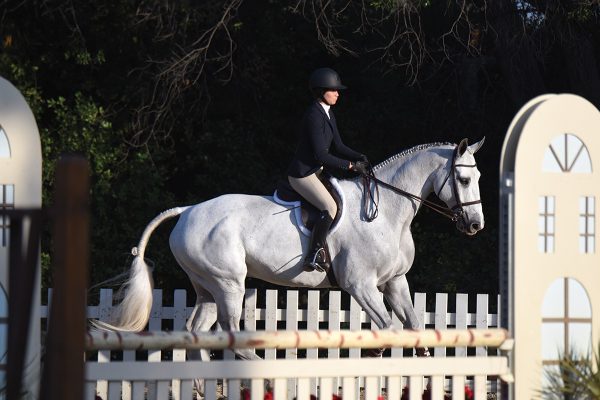
Riders can compete in equitation over fences classes at many levels, including Maiden, Novice, Limit, and Intermediate. Equitation classes have multiple fence heights, and some of the biggest horse shows include equitation national finals: the USEF Hunter Seat Medal Final, the Washington International, and the ASPCA Maclay Finals. Equitation riders may also be required to execute one out of 19 possible USEF equitation tests during competition, so you have to know all of them.
Importance of Seat
Nick emphasizes to his students the similarities and importance of proper position. You and your horse must stay in balance while riding an appropriate pace and track. Another similarity between the disciplines is that you will use multiple seats while on course.
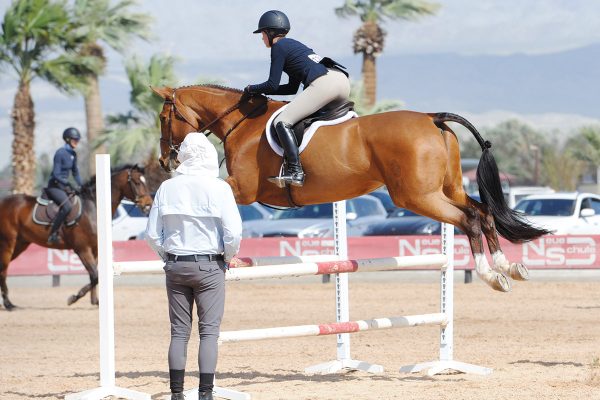
All riders must adjust between their full seat, light seat, and half-seat when needed; this allows your horse to perform at his best. Your horse’s conformation and your physical skills contribute to the overall performance. There is not just one position that works for all horse-and-rider combinations.
“Form follows function, and function follows form,” says Nick. This is critical when you change positions during your ride. “Knowing when to adjust your position is important. Watch top riders competing and watch how they utilize all seats. They do so in an eloquent way, which gives the smooth and elegant look.”
Your effectiveness in all seats gives the appearance of an effortless performance. These factors are directly associated with results. While there are subtle differences between hunters, jumpers and equitation, an effective seat is important across all disciplines.
Meet the Trainer
Nick Karazissis has been the owner/operator and head trainer at Far West Farms in Calabasas, Calif., a top West Coast training stable and riding school academy, for more than 50 years.
Nick is a popular clinician and has maintained his “R” judge’s card for more than 50 years. He has served in the governance of the sport in numerous capacities: as a president, vice president, board member, and committee chair for multiple organizations, including the U.S. Equestrian Federation and the United States Hunter Jumper Association (USHJA). In 2008, he received the USHJA’s President’s Distinguished Service Award, and in 2018 he was inducted into the California Professional Horseman’s Association’s Hall of Fame.
This article about the difference between hunters, jumpers and equitation appeared in the March/April 2022 issue of Young Rider magazine. Click here to subscribe!


